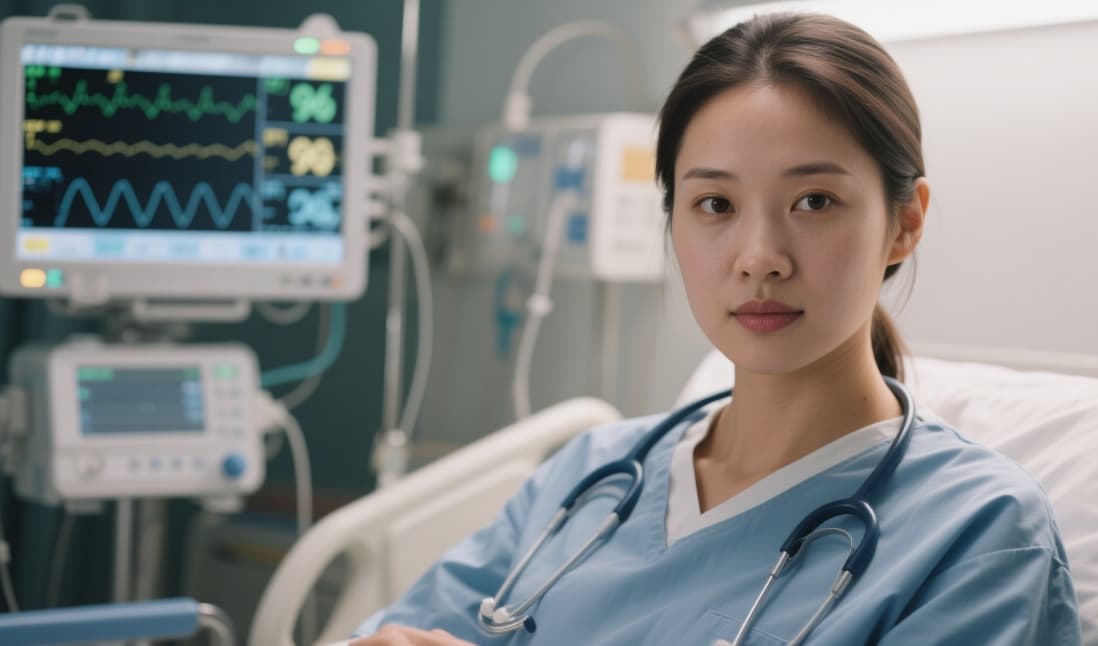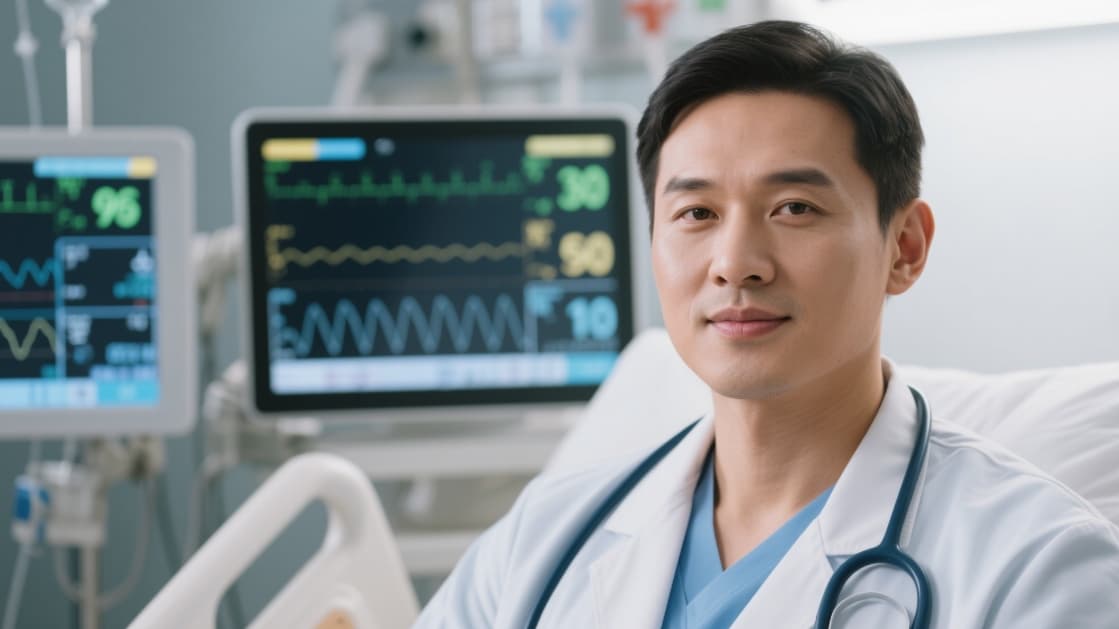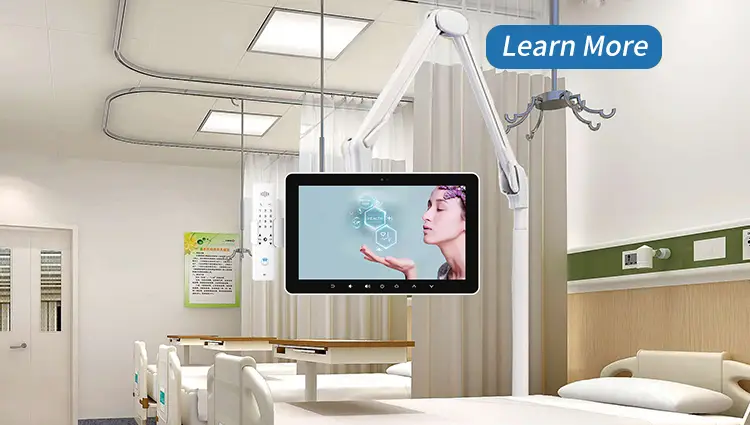Introduction
In today’s fast-paced healthcare environment, Patient Monitoring Systems are no longer a luxury—they are a necessity. With increasing demand for efficient, real-time data and improved patient outcomes, hospitals and clinics are turning to advanced monitoring technologies to stay ahead. These systems are transforming how healthcare professionals interact with patient data, reduce response times, and elevate care quality.

If you’re a hospital administrator, IT decision-maker, or health tech enthusiast, this article offers exclusive insights into how patient monitoring systems are revolutionizing modern medicine. Get ready to discover why investing in the right system today is critical for tomorrow’s care delivery. For a detailed guide on the top systems available this year, explore our article on the Top Patient Monitoring Systems in 2025.
Why Are Patient Monitoring Systems Crucial in 2025?
According to a 2024 report by MarketsandMarkets, the global patient monitoring market is expected to reach $74.9 billion by 2026, growing at a CAGR of 8.6%. The surge is driven by:
- Rising geriatric population
- Increased chronic disease cases
- Demand for home-based care
- Advancements in AI and IoT
These trends underscore the urgency for healthcare providers to upgrade their patient monitoring strategies. In fact, the shift toward smart terminal integration is part of a larger movement toward intelligent, digital-first hospitals. Learn more about this in our post on How Smart Terminals Are Revolutionizing Patient Care.

Frequently Asked Questions (FAQs)
1. How Do Patient Monitoring Systems Improve Patient Outcomes?
These systems provide continuous data streams that allow for early detection of critical events. For example, real-time heart rate variability analysis can predict cardiac arrest minutes before it happens, enabling timely intervention. This continuous monitoring is further enhanced by the integration of Hospital Bedside Smart Terminals, offering caregivers a unified interface for monitoring and treatment.
2. Are They Cost-Effective for Smaller Clinics?
Yes. Thanks to modular systems and cloud-based platforms, even smaller facilities can now implement cost-effective solutions without compromising quality. Remote monitoring also reduces the need for physical checkups, slashing operational costs. We dive deeper into ROI in our blog on the Cost-Effectiveness of Hospital Bedside Data Terminals.
4. What Features Should I Look for?
Essential features include:
- Real-time alerts and alarms
- Data integration with EHRs
- Wireless connectivity
- Scalability for multiple departments
- Customizable dashboards
Modern smart systems often combine monitoring with infotainment and engagement tools. For insights on all-in-one terminal options, visit our feature on the All-in-One Intelligent Bedside Terminal.

7 Game-Changing Benefits of Modern Patient Monitoring Systems
1. Real-Time Insights for Faster Decision-Making
Gone are the days of manual charting. Instant alerts help care teams act in seconds, not minutes. These features are central to Modern Patient Monitoring Systems, which have proven benefits in critical care.
4. Greater Patient Satisfaction
Patients benefit from personalized care and fewer disruptions thanks to non-invasive wearable tech. This is further supported by intuitive bedside systems, which are highlighted in our guide to Hospital Bedside Smart Terminals.
Actionable Steps to Implement a Monitoring System
- Define Clinical Goals: What conditions or patient groups are priorities?
- Evaluate Vendor Capabilities: Look for customization, compliance, and scalability.
- Ensure Seamless Integration: The system should sync with existing EHRs and devices. Learn how to build an ecosystem that unites patient care and monitoring in our post on Revolutionizing Patient Experience with Medical Touch Displays.
- Train Staff Thoroughly: Success hinges on user adoption and confidence.
- Monitor and Adjust: Use analytics to refine workflows and improve performance over time.

